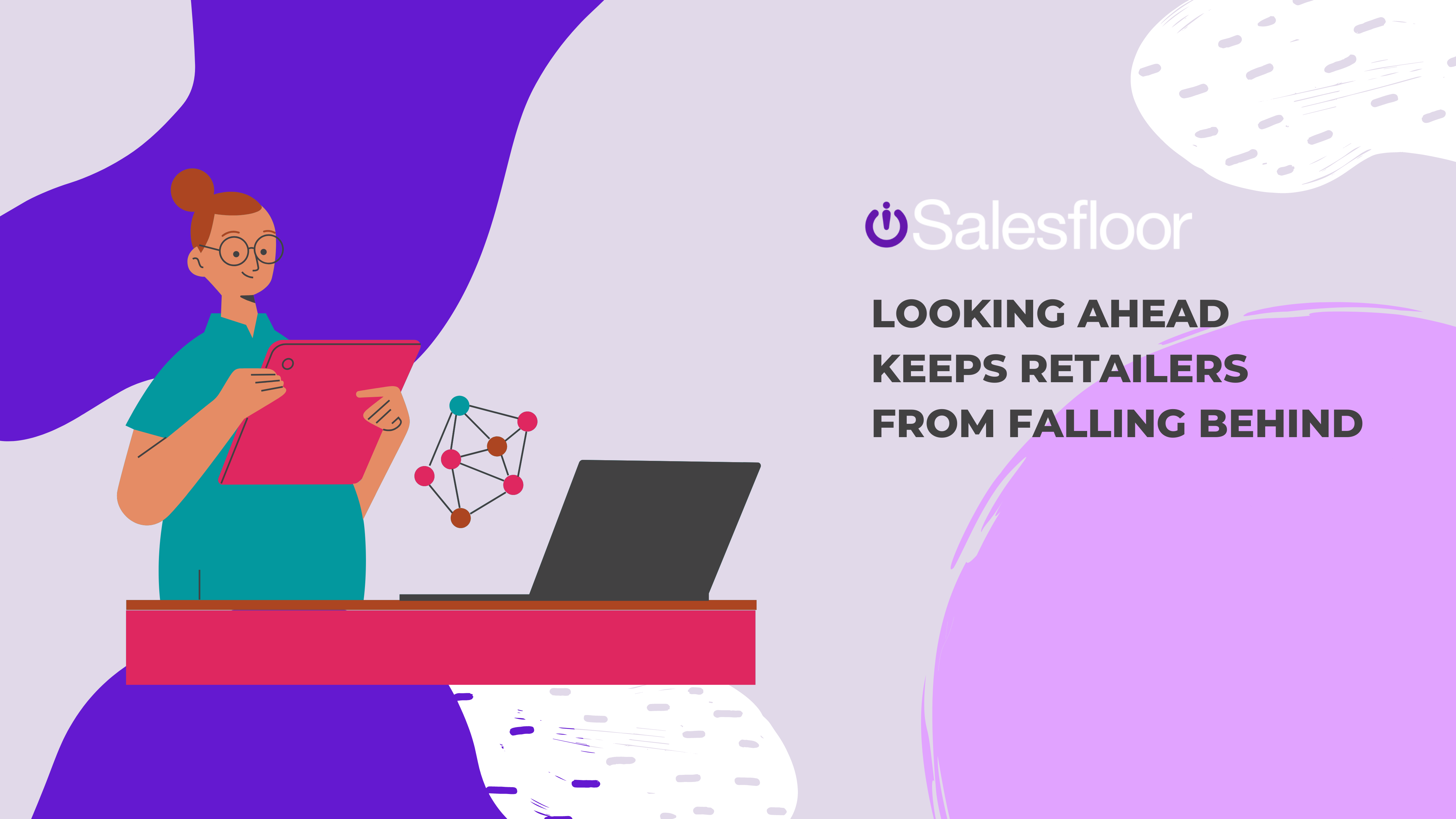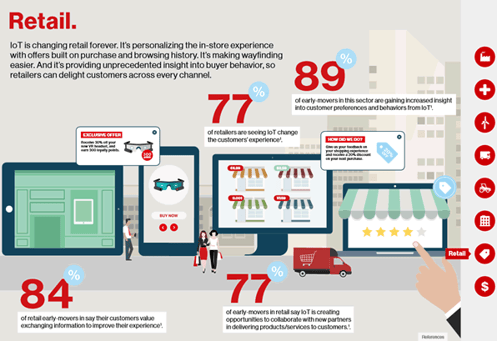
The rate of the technological advancement is an exponential one, a fact recognized by the technology wizards at Wrike and pretty much everyone else.
It took humanity hundreds of thousands of years to discover fire, tens of thousands to discover the wheel, and then just a few thousand years more to start building complex civilizations, each more advanced than the last. Nowadays, the breakneck pace of development is even more pronounced. You don’t even need to look all the way back to the first iPhone; smartphone design just a few generations old already seem archaic by modern standards.
 Unfortunately, that rapid rate of development doesn’t just mean sleeker phones or fancier app UIs. It’s got a painful downside as it accelerates, and we’re not talking about the infamous supposed technological “singularity" posited by Ray Kurzweil. We mean getting left behind because when the growth rate of anything accelerates, technology included, then the longer one waits to get onboard, the faster and further behind they fall.
Unfortunately, that rapid rate of development doesn’t just mean sleeker phones or fancier app UIs. It’s got a painful downside as it accelerates, and we’re not talking about the infamous supposed technological “singularity" posited by Ray Kurzweil. We mean getting left behind because when the growth rate of anything accelerates, technology included, then the longer one waits to get onboard, the faster and further behind they fall.
Playing Catch Up
Of course, it’s understandable why businesses may balk at the idea of building up their technological capabilities. For one, technology, especially new tech, has a reputation for being painfully expensive. Enterprise-level software implementations can run into the hundreds of thousands of dollars, and that doesn’t include any infrastructure upgrades that may be required. Although it’s an extreme example, it’s not as uncommon as you might think.
The problem with this thinking is that it’s inherently short-term and ignores long-term benefits. If you just keep waiting for new technologies to become cheap and commonplace in your sector, you’ll be constantly behind, not to mention missing out on the efficiency, productivity, and other benefits technology provides. As the retail researchers at McKinsey & Company note in their report Revamping Fashion Sourcing, more than half of their surveyed retailers are already transforming their organizations with a focus on reimagining their apparel sourcing alongside their commercial priorities.
Welcome Blockchain into your Supply Chain

So how exactly can retailers currently behind the curve catch up? There are several options that should be carefully considered, by which we mean your default position should be one of acceptance, and you need to think carefully about which you decide not to implement, if any.
As Kevin Beasley from the Forbes Technology Council advises, a technology-based approach is best for addressing supply-chain problems in 2022. We’ve already touched on how blockchain technology can play a powerful part in untangling supply chains, but it’s worth addressing again here. The transparency and reliability of blockchains make them well-suited for implementation in supply chains, improving accuracy and reliability of inventory counts and expectations.
Investing in creating immersive virtual shopping experiences represents an opportunity for retailers to reap immediate returns while also building resilience into their labor and business models. Personalized shopping and localization technologies, for example, help retailers target the right clients.
 Guided-selling tools like Salesfloor allow local associates to engage with customers online as if they were in the store has benefits in this current climate of persistent supply chain disruptions. Being able to connect local associates with customers ensures not only that they don't leave your e-commerce site empty-handed, but that they return to your site and store time and again.
Guided-selling tools like Salesfloor allow local associates to engage with customers online as if they were in the store has benefits in this current climate of persistent supply chain disruptions. Being able to connect local associates with customers ensures not only that they don't leave your e-commerce site empty-handed, but that they return to your site and store time and again.
Inviting blockchain into your supply chain, investing in your omnichannel shopping services, and using localization and personalization can help retailers maximize both the
availability and distribution of products to customers. They are all valuable technologies that retailers can invest in now to begin earning returns in the short-term while also setting themselves up to better capitalize on future technologies or other global developments.
Reaping Rewards from a Long-Term Vision
Like compound interest, the sooner you begin investing in your technology, the better the payoffs will be over the long term. Executive buy-in for new technology is a must, but it’s easier to generate with a cohesive vision of the future and how specific technologies fit into it.

Image Source: Verizon
For example, many large retailers are investing in the Internet of Things (IoT) to enhance the in-store experience. “Smart shelves” (our term, don’t try Googling it) with digital displays enable real-time, in-store pricing without an associate needing to go from display to display switching out paper signs. Not only does this have the short-term benefit of dramatically reducing costs, ink, and reams of paper, it also helps with pathfinding for future upgrades to physical store infrastructure.
Similarly, investing in technology allows retailers to leverage the technical savvy their sales associates have to improve profit margins and differentiate their online shopping experience. Our lives are persistently connected and retailers that lean into this immersive virtual reality and equip their sales associates with the right technology build resilience into their business model.
The Takeaway
With the pace of technological advance speeding up everyday, the ability to respond to problems anywhere in your organization also improves, provided you have a corporate culture that embraces change. The COVID-19 pandemic both exposed and exacerbated problems in the global supply chains that many retailers were unprepared for. Although the pandemic accelerated several technological trends already in the retail space (primarily online and omnichannel shopping), it also exposed or exacerbated problems in global supply chains that many businesses were unprepared for. As a result, retailers around the world should continue or accelerate their adoption of technology to address immediate inventory concerns while also preparing themselves for future disruptions.
Subscribe to The Influencer, Salesfloor's monthly newsletter, and stay up-to-date with featured insights exploring topics important to retail executives.



